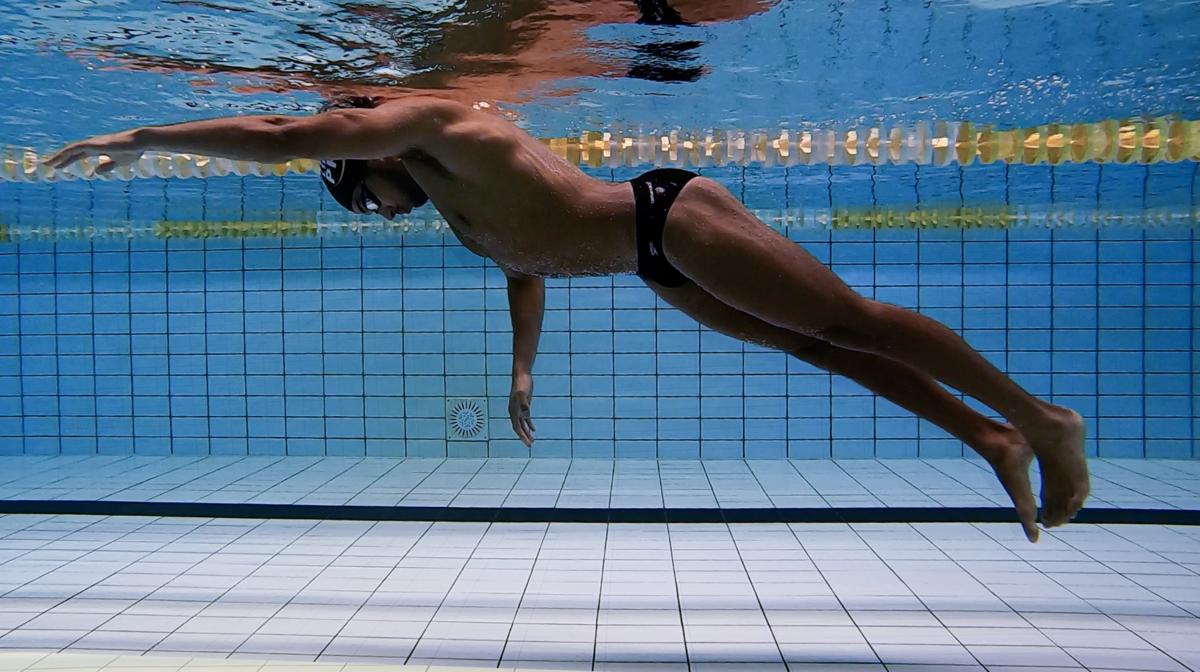Swimming blog - BODY POSITION How to stop your legs from sinking in freestyle
“How do I stop my legs from sinking in freestyle?” Swimmers all around the world are asking themselves this same question time and time again. Are you frustrated by not having the answer? We got you. Kick more, exhale and don’t lift your head. That’s the short of it, but not all of it though. It’s only the beginning. Getting this right is going to transform your swimming. So let's get started.
Your legs are made up of bone, muscle, some fat and some water. This makes them heavier than water and likely to sink given the chance. Sinking legs cause a lot of drag, as much as 80%. This is going to slow you down a lot. So, it is a priority to stop the legs from sinking. How do you do that?
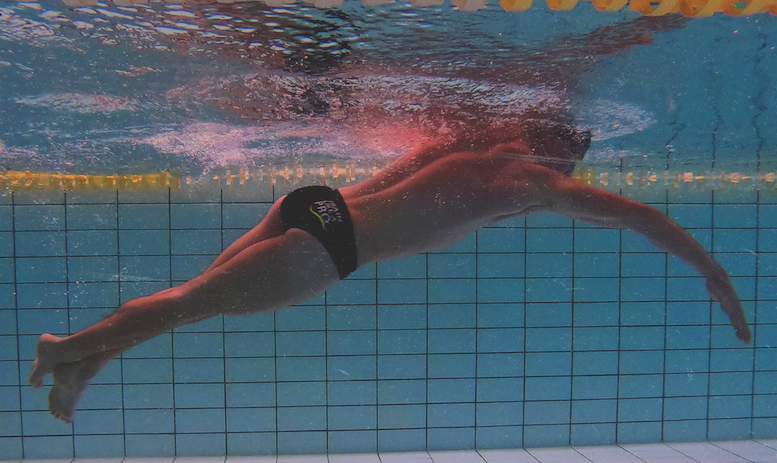
1. Fix your kick
By kicking. Kicking will improve your core strength and tighten up the muscles that connect the upper and lower body. This tightening will lift your legs in the water. With practice and a lot of kicking under the belt, you will see a big improvement in your body position.
How do I kick if I haven’t seen the Flutterkick SwimGym tutorial? Kick from the hip with slightly bent knees while using a kickboard. Keep your heels above water, making a little bit of a splash while you’re kicking. Pull your navel in. Kicking is not sexy and pretty exhausting and the reason why many swimmers don’t do it. Make sure you do a kick set in every training to keep working on elevating the legs.
We have another tip for you. Stretch the hip flexor muscle to help you kick and lie flat in the water. A stiff hip flexor will contribute to the legs sinking as the angle at the hip will be less than the desired 180˚. Stiff hips mean that the legs aren’t able to straighten out and even though kicking helps, you will need extra help in this department. If you sit or drive a lot, this may be more of an issue for you, so keep stretching after every workout. We have 5 more kicking tips for you in our tutorial.
We have to say that men struggle more with sinking legs than women. Women generally are more flexible in joints and muscles; they have a higher fat percentage around the hips and thighs and their centre of gravity is lower than men. These things will help to lift the legs and keep a better body position. This in no way means that women do not suffer from sinking legs, but in our experience, women have less issues with it. 
2. Breathe out underwater
Your lungs are like a balloon filled with air set close to the top of your body. Because of this you are unbalanced in the water and your legs want to sink. Releasing some air from the lungs by breathing out underwater will help keep the legs in a straight line. Don’t exhale all your air as your whole body will sink and create a lot of drag. Exhale a bit while your face is back in the water after breathing. How do you know how much you should exhale? Just sing or humm the first lines of your favourite song to exhale underwater, this will help you to breathe out just enough and not to much air our at once.
Exhaling will neutralize some of the positive buoyancy from the lungs. By doing this your chest will drop slightly in the water. You will feel as if you are falling forward. Breathing out underwater is great technique for freestyle anyway. See our breathing blog. By doing this you will be lying nice and flat in the water and the feet will be better in position.
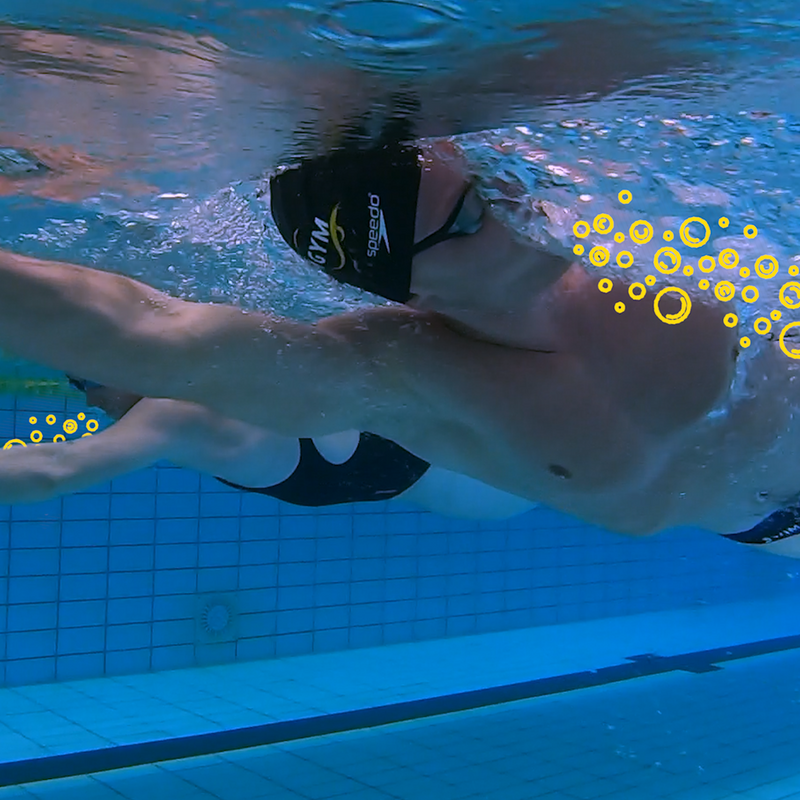
3. Watch your head position
Lift your head and your legs will sink. Its physics baby. The head is attached to the spine and the moment we lift the head, there is pressure on the spine downwards. Not being anchored, the legs drop accordingly.
Beginner swimmers lift their heads to breathe. Open water swimmers do it to sight. Experienced swimmers can do it out of habit. A lot of swimmers tilt the head up instead of to the side when breathing. This will put pressure on the spine and push the legs down.
Keep your head pointing down, neck remains relaxed and long. You want the crown of your head to be breaking the water surface and this is a great head position. If you can see the oncoming wall, then your head is lifted too high and your legs will be lower in the water as a result. Watch our Breathing tutorial and see how to move the head to the side, keeping a great body line. This breathing technique will help keep the head still and avoid any unnecessary movement upwards.
You might be getting the idea that breathing has a lot to do with sinking legs. Simply put, get your breathing right and you are well on your way to solving the sinking legs puzzle.
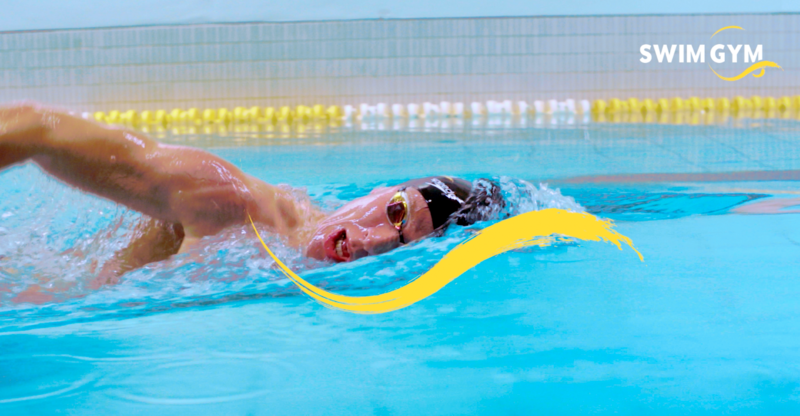
Curing sinking legs is really important in swimming. It reduces drag by a ton and will make you quicker straight off the bat. A perfect reason to get after it today. Keep kicking, breathe out underwater and head down everybody are our takeaways on this subject. Do these things and your sinking legs will be just like the Titanic; history!
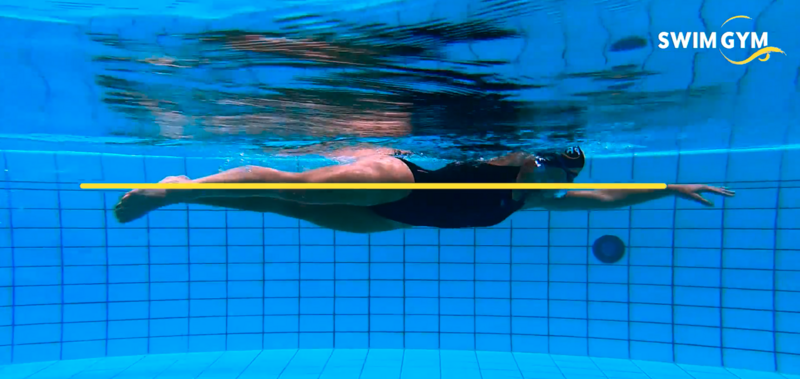
Written by Michael Stolt
